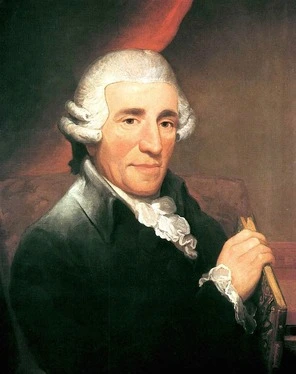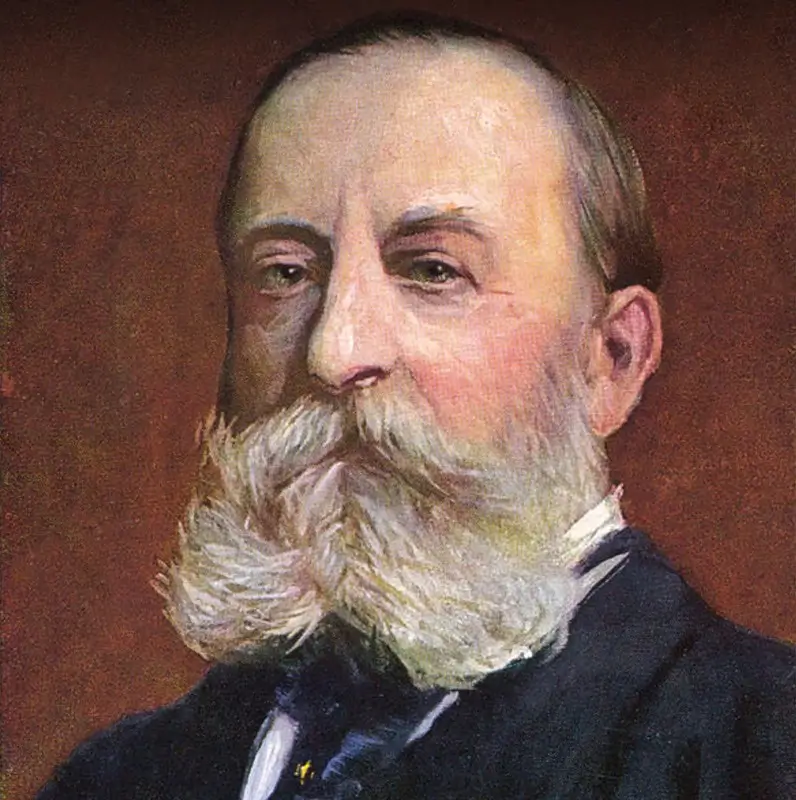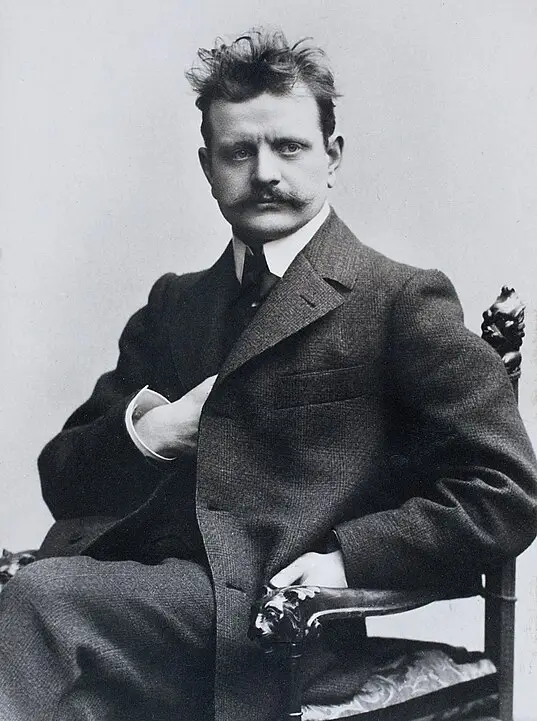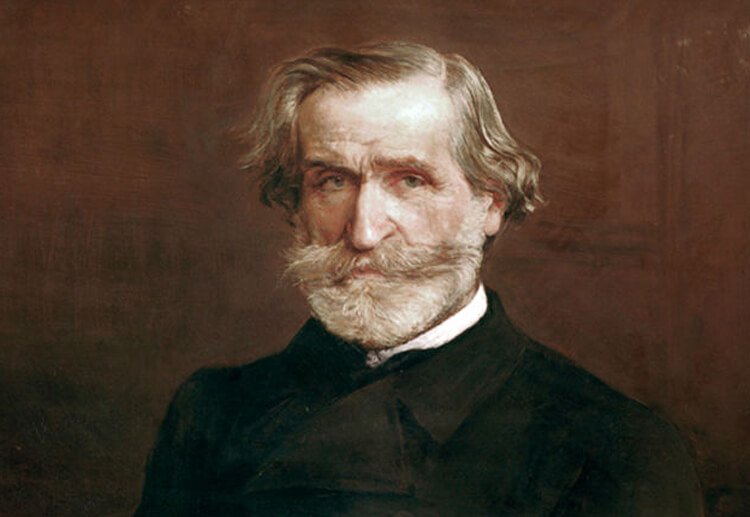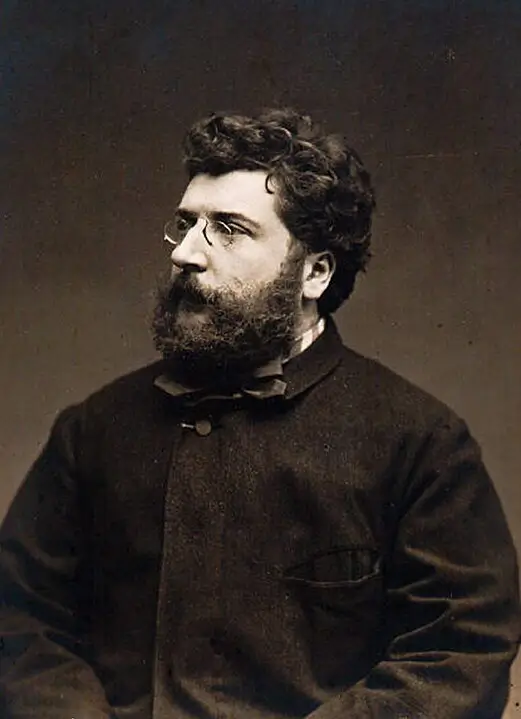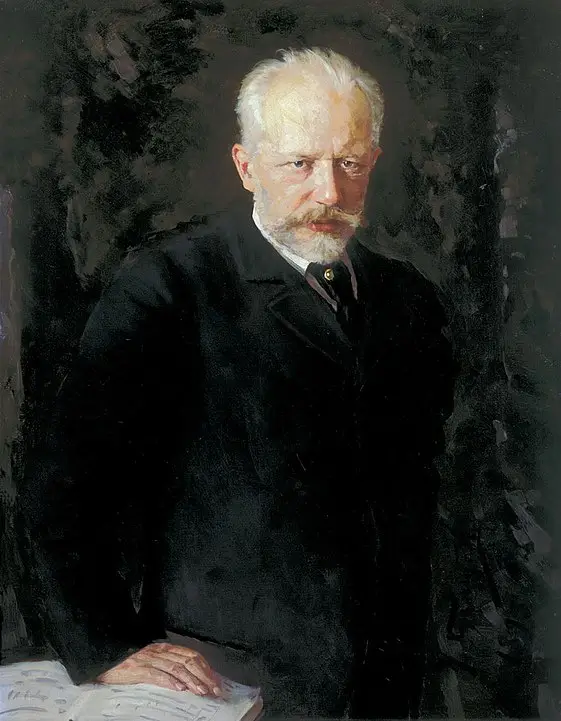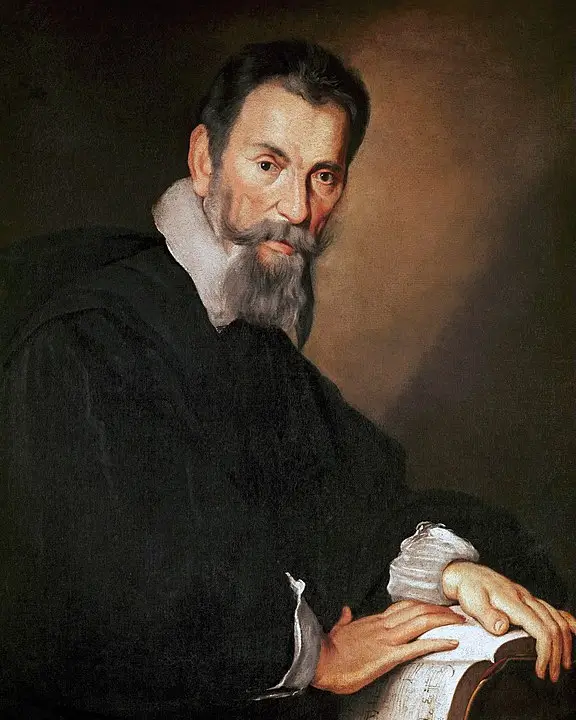Introduction
Franz Joseph Haydn, a name synonymous with the classical era of music, remains one of the most influential and prolific composers of his time. Born in 1732 in Rohrau, Austria, Haydn’s extensive body of work helped shape the musical landscape of the 18th century and beyond. Often referred to as the “Father of the Symphony” and “Father of the String Quartet,” Haydn’s innovative contributions to musical form and structure have earned him a revered place in music history.
Early Life
Joseph Haydn was born on March 31, 1732, in the small village of Rohrau, near the border of Hungary. His father was a wheelwright who also served as the village “Marktrichter,” an office akin to village mayor. Haydn’s mother, before her marriage, had worked as a cook in the palace of Count Harrach, the aristocratic patron of Rohrau. Neither of his parents could read music; however, his father was an enthusiastic folk musician, who taught Haydn basic music theory.
Haydn’s musical talents were apparent from an early age. At six, he began his formal education in music and academics under the care of his relative, Johann Matthias Frankh, a schoolmaster and choirmaster in Hainburg. The nurturing of his early musical talent was pivotal in his development, setting the foundation for his future achievements.
Musical Training and Development
Haydn’s significant musical training commenced when he was eight years old, after he was accepted into the choir at St. Stephen’s Cathedral in Vienna. Here, he was exposed to a rigorous regimen of vocal training, violin, and keyboard instruction. The environment was harsh, and the discipline strict, but it was here that Haydn developed a solid foundation in music.
After his voice broke, and he was no longer able to sing in the choir, Haydn was forced to leave St. Stephen’s. This marked a challenging period in his life, as he struggled to make a living. However, his fortunes changed when he met the influential composer Nicola Porpora, who took him on as an accompanist and, in return, gave him further instruction in composition.
Major Works and Compositions
Haydn’s oeuvre is vast, comprising 104 symphonies, numerous operas, string quartets, piano sonatas, and sacred works. His creation of the Symphony No. 94, “Surprise,” exemplifies his masterful ability to blend musical innovation with humor. His string quartets, particularly those of Op. 33, are celebrated for their form and development of the genre.
One of Haydn’s most famous works, “The Creation,” an oratorio written between 1797 and 1798, is an epitome of his mature style and stands as a monumental work in the choral repertoire. This piece, alongside “The Seasons,” represents the pinnacle of his achievements in vocal music.
Connections to Other Composers
Haydn’s relationships with other composers were significant, particularly with Wolfgang Amadeus Mozart and Ludwig van Beethoven. Mozart and Haydn shared a genuine friendship and mutual respect; they influenced each other’s work considerably. Haydn’s connection with Beethoven was that of a mentor to a pupil. Beethoven studied under Haydn briefly in Vienna; however, their relationship was complicated by Beethoven’s feeling that Haydn did not understand his music.
Character and Philosophy
Haydn was known for his warm personality and robust sense of humor, which often reflected in his music through playful jests and surprises. His philosophy towards music was rooted in the ideals of the Enlightenment, focusing on clarity, balance, and form. He believed music was a means of emotional expression and a way to communicate universal truths.
Life in Eisenstadt, Vienna and London
For much of his career, Haydn was closely associated with the Esterházy family, a wealthy Hungarian noble family. He spent nearly three decades as their Kapellmeister, residing mostly at their remote estate in Eisenstadt and later at Esterháza. One day Impresario Johann Peter Salomon famously showed up at Haydn’s door in Vienna announcing, “I am Salomon from London and I have come to fetch you.” The resulting London visits changed Haydn’s life dramatically. In London, he was treated as a celebrity, earning more in a few months than a year with Esterházy. The English crowds’ enthusiastic responses inspired him to write larger, more dramatic works (the “London” symphonies). He returned to Vienna with both artistic growth and financial security – he could finally afford a house of his own in the Gumpendorf suburb of Vienna. These experiences markedly influenced his late masterpieces, including “The Creation” and “The Seasons,” which combined English oratorio traditions with his own style.
Death and Legacy
Joseph Haydn passed away on May 31, 1809, in Vienna at the age of 77. His death marked the end of an era in classical music. His influence, however, persists. His development of the symphonic form and string quartet has had a lasting impact on music. Composers like Beethoven and Schubert have built upon his foundations. Today, Haydn’s music is celebrated for its inventiveness, humor, and profound impact on the classical music canon.
Haydn’s legacy is not just in his compositions but in his approach to music as a craft to be honed and a profound art form capable of expressing the deepest human emotions. His life and works continue to inspire musicians and composers around the world, ensuring his place in the pantheon of great classical composers.

